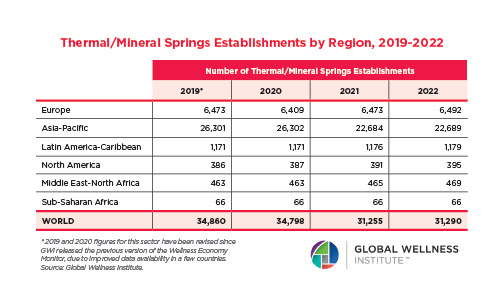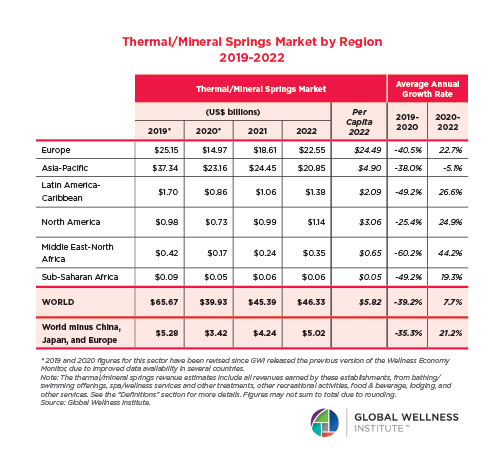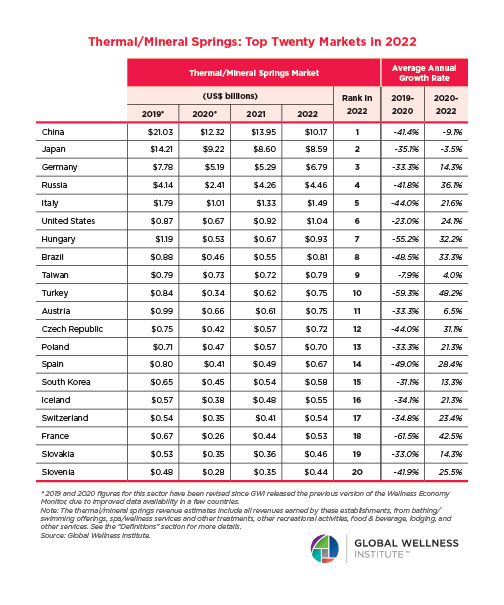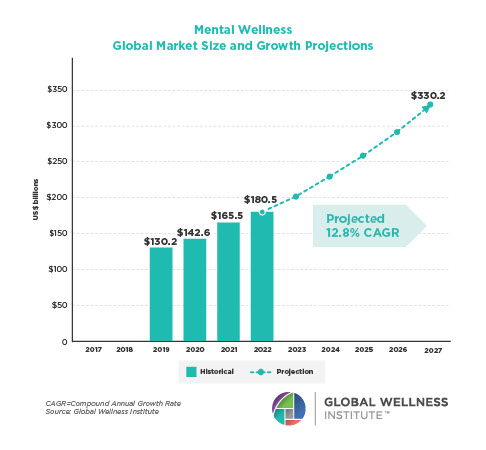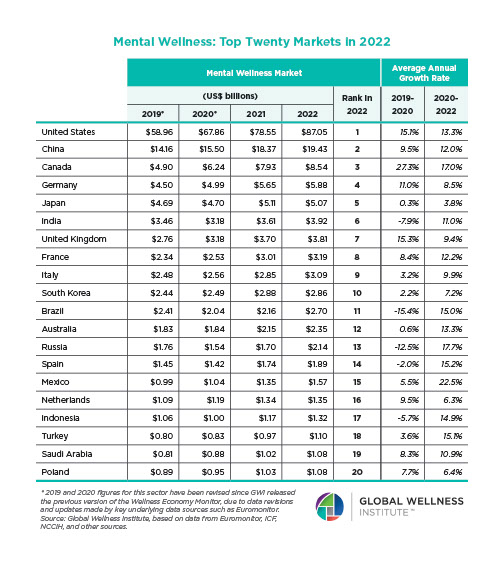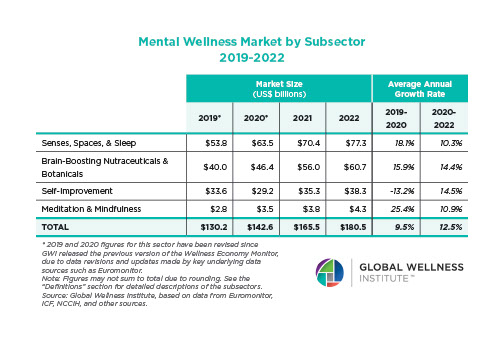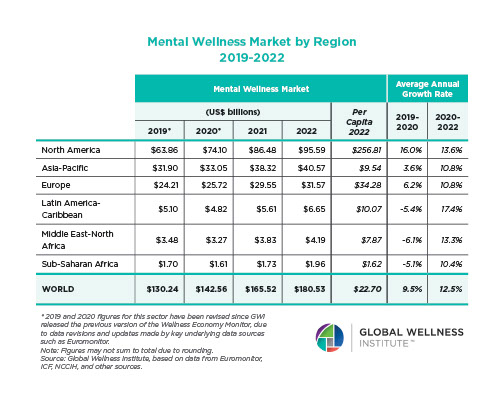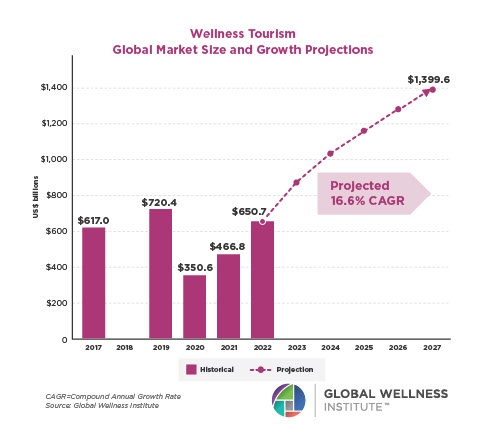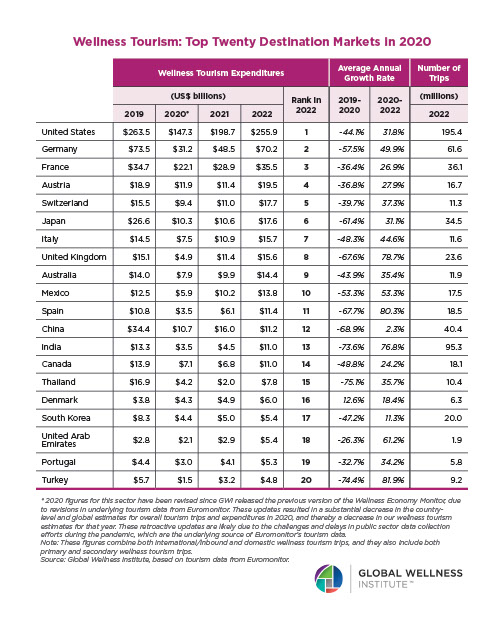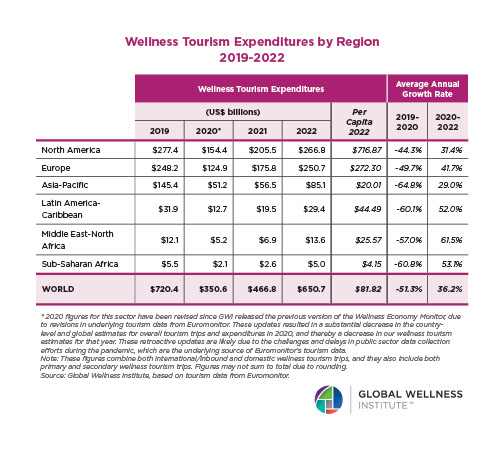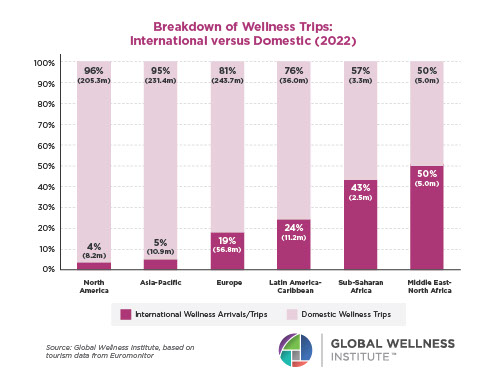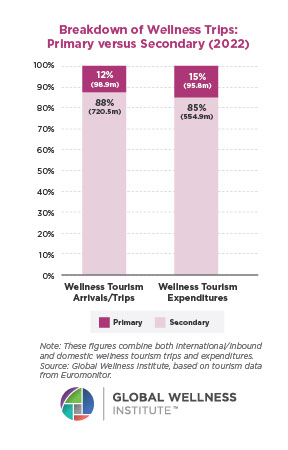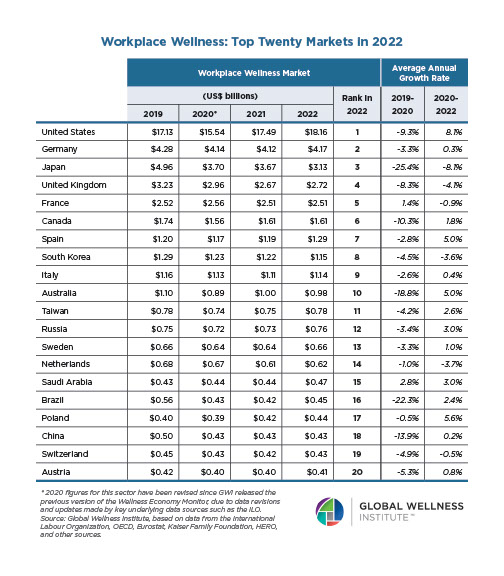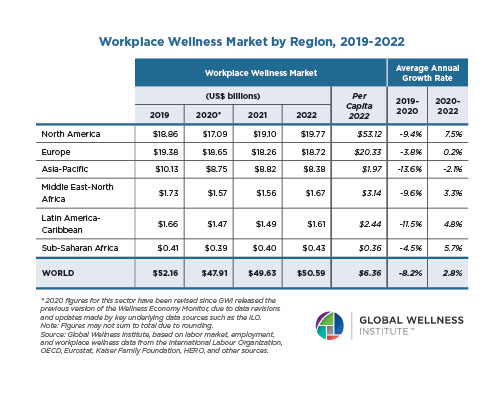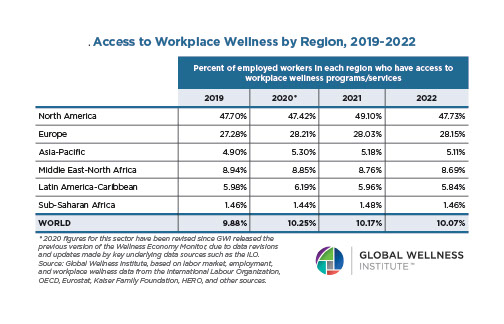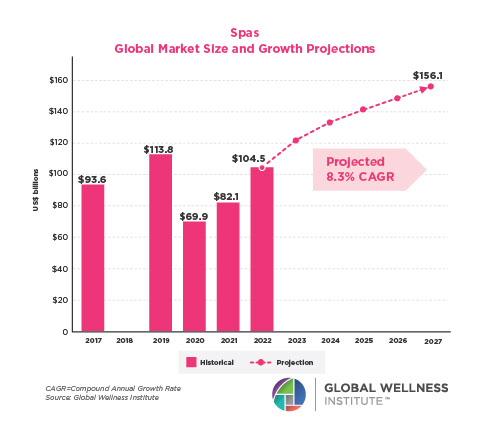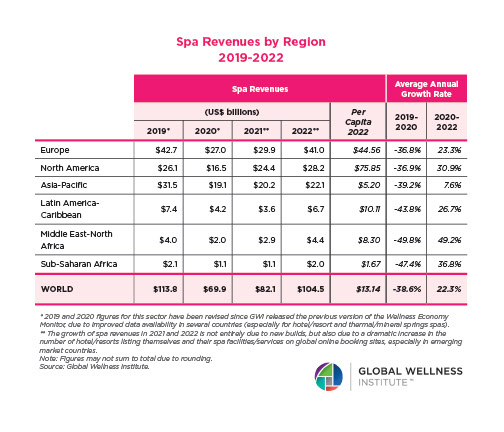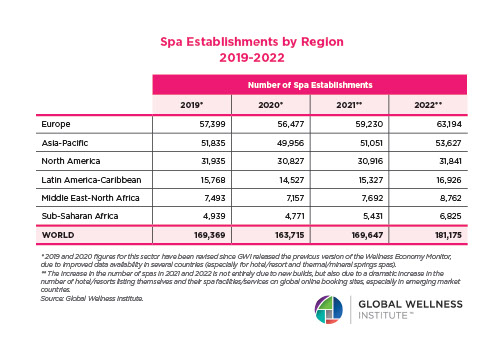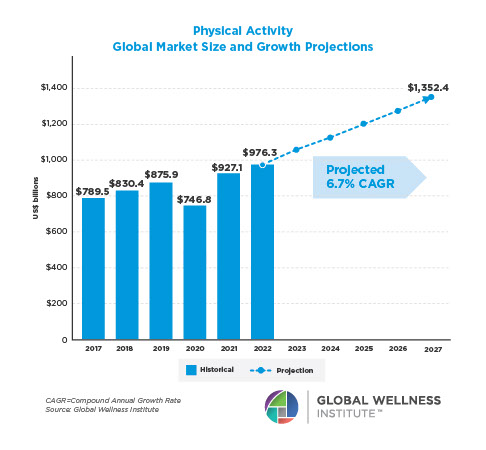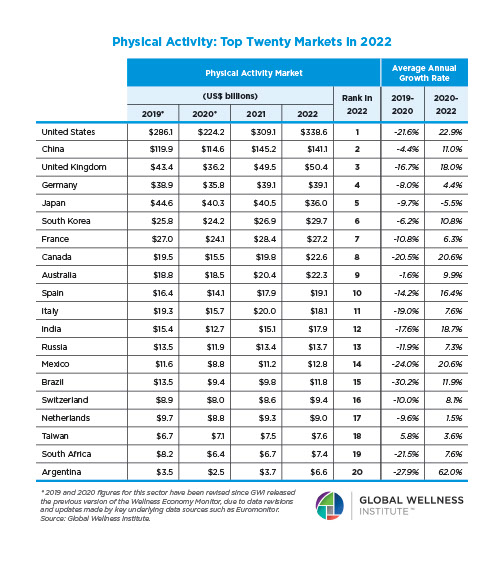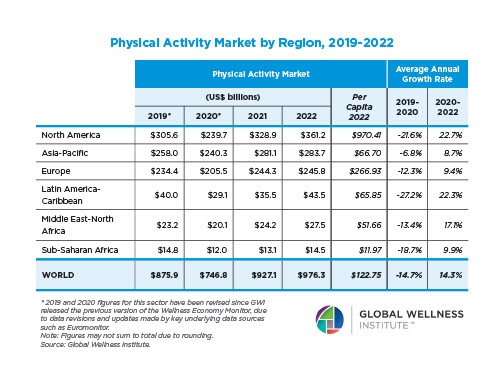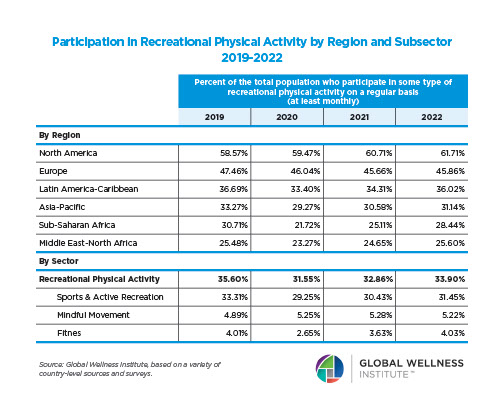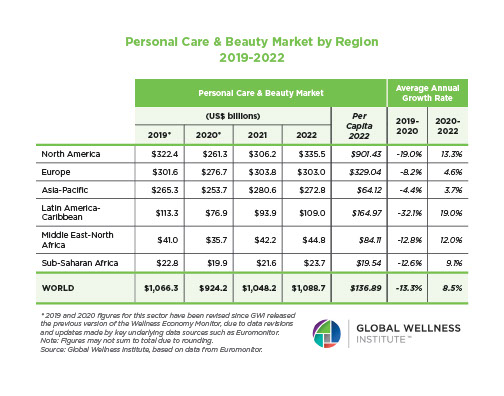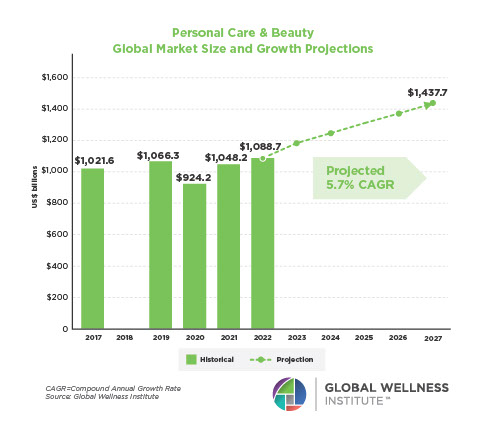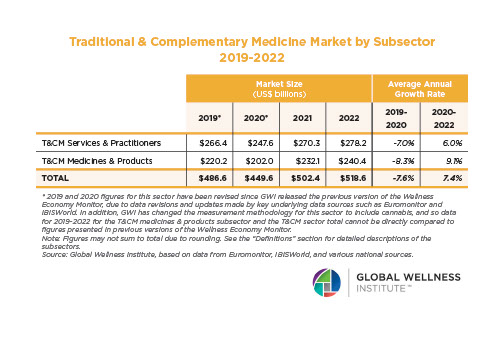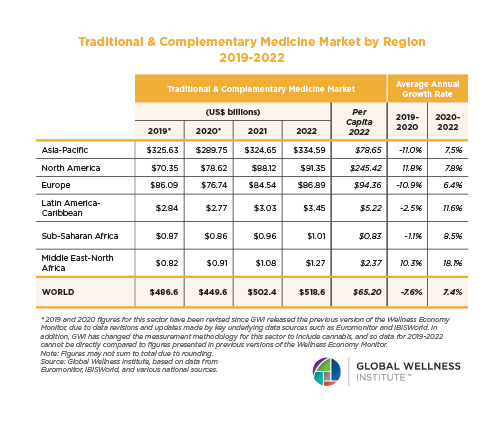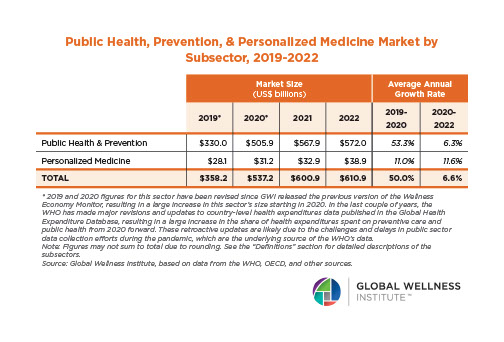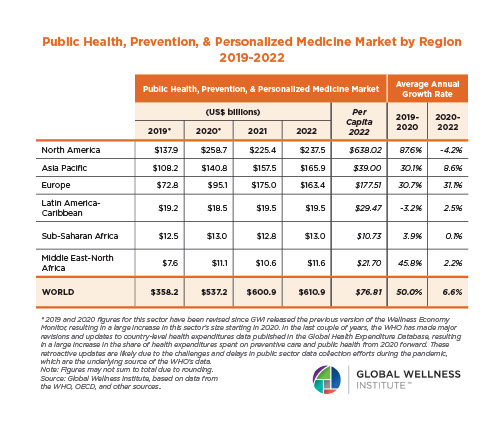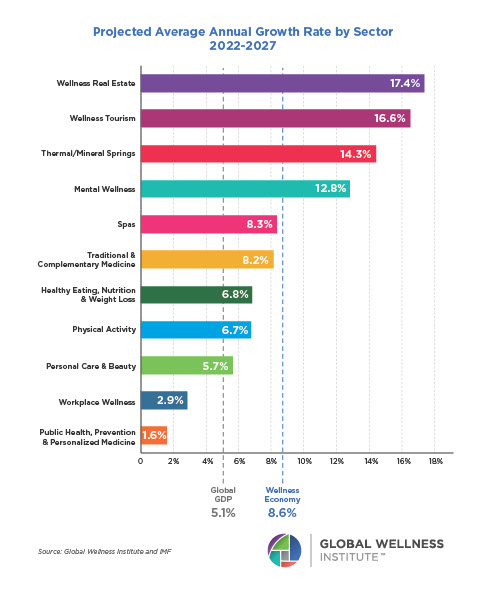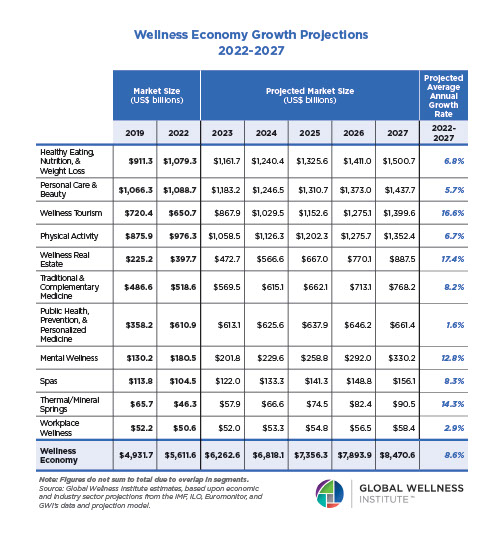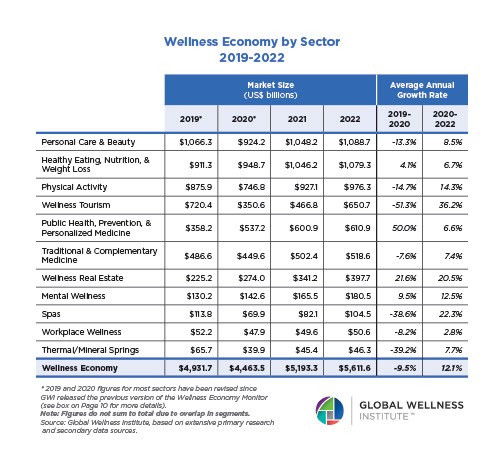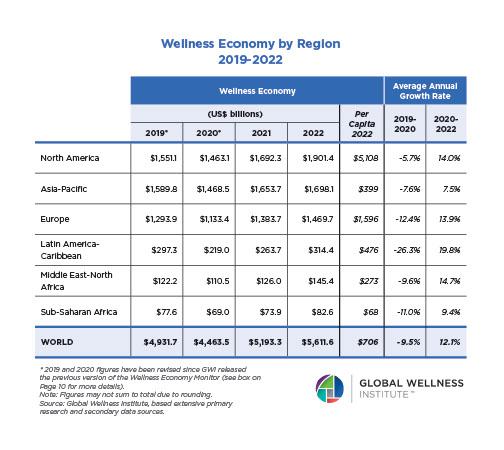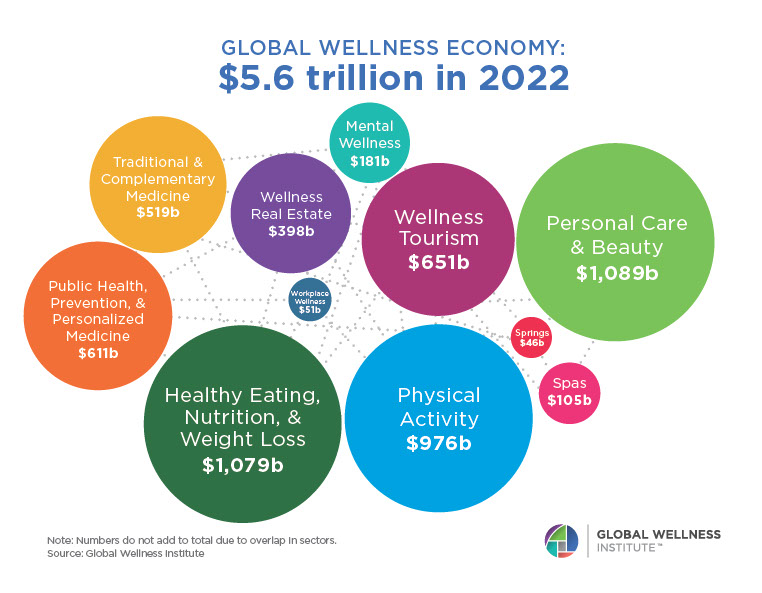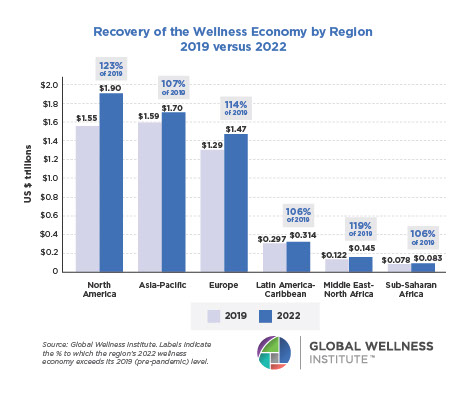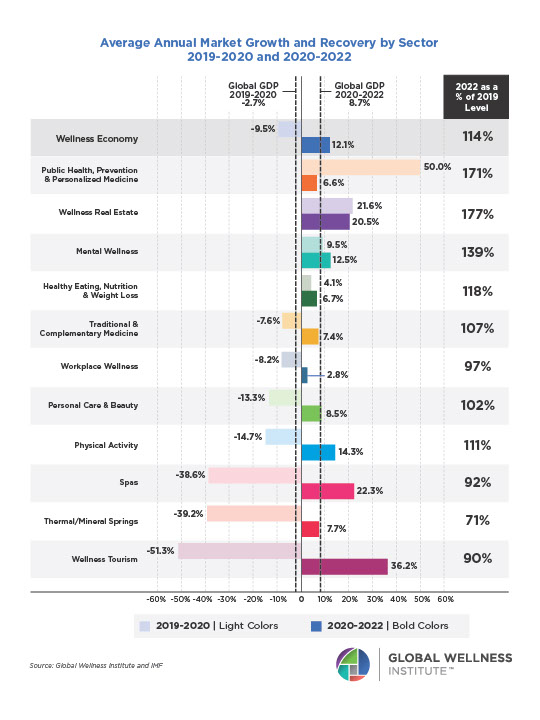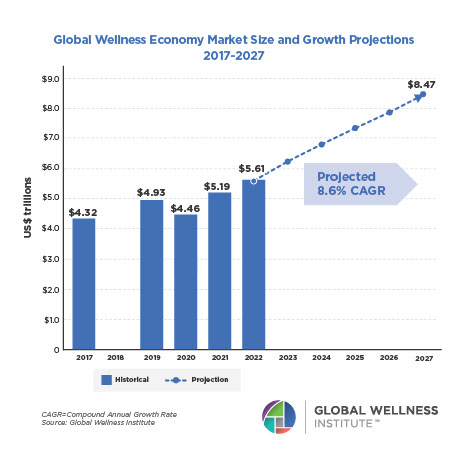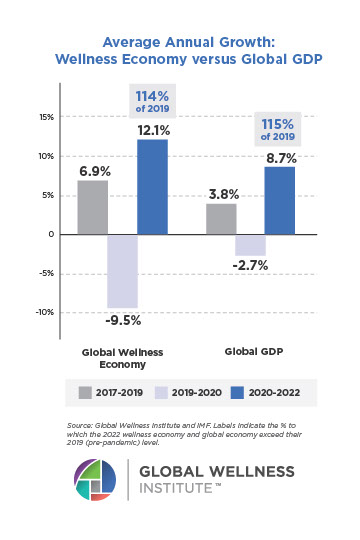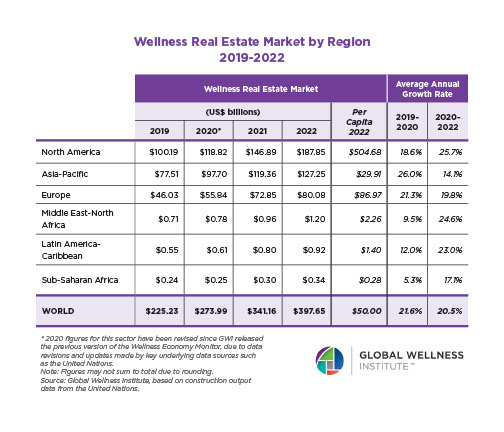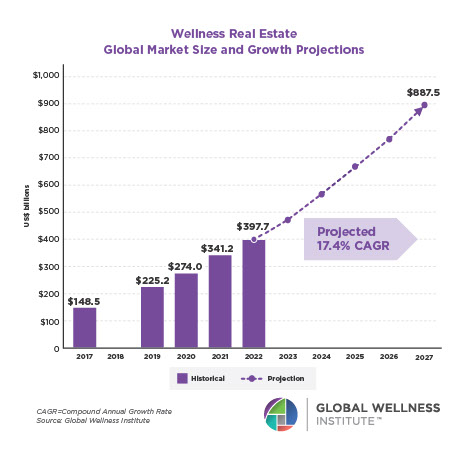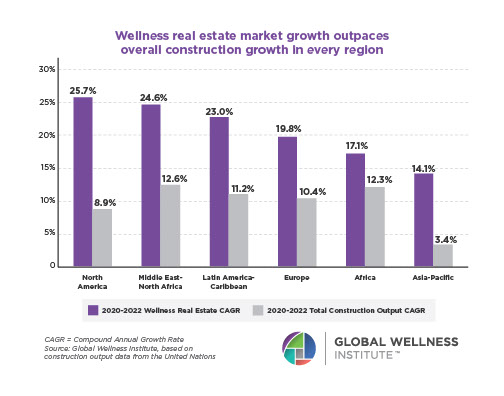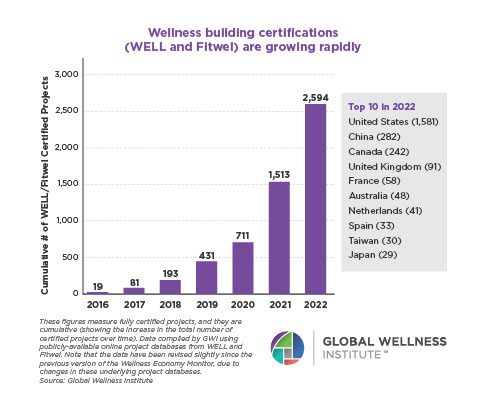Music for Health and Wellbeing Initiative
2025 Trends
![]()
The intersection of music and wellbeing is gaining significant traction across various sectors. Academic research is increasingly validating music’s therapeutic benefits, while consumers are actively incorporating music into their wellness routines. Governmental and institutional support is growing, aiming to integrate music into healthcare systems. Commercially, music-based interventions are expanding, addressing diverse health needs. Simultaneously, there’s a rising awareness of musicians’ mental health challenges, prompting industry initiatives and greater openness from artists. Creativity itself is being recognized as a powerful tool for mental wellbeing, particularly among young and marginalized groups. Digital technologies are further democratizing access to personalized music wellness experiences, coupled with a clear surge in mindful listening events. This is reflective of a broader cultural shift towards intentional engagement with music for relaxation and wellbeing.

TREND 1: Increasing Public Awareness of Music as a Tool to Support Health and Wellbeing
The growing recognition of music’s therapeutic potential is evident across academic, consumer, institutional, and commercial sectors. Academic interest has surged, with PubMed showing a threefold increase in “music and health” titled publications from 2014 to 2024, enhancing our understanding of music’s potential as a non-pharmacological, non-invasive and cost-effective tool to support health and wellbeing. For instance, a pioneering program by the Welsh National Opera demonstrated that singing and breathing exercises could alleviate chronic pain and improve mental health among participants.
Consumers are actively integrating music into their wellness routines, demonstrated by the sustained popularity of wellness music on streaming platforms, representing 5% of Spotify’s global monthly streams, and a 42% rise in Google searches for “music therapy” over five years.
Governmental and institutional support is pivotal, as demonstrated by initiatives like Sound Health, a collaboration between the Kennedy Center and NIH, and by proposed funding like the £1 billion Social Prescribing Fund in the UK. These efforts aim to integrate music into healthcare through policy, funding, and interagency collaboration, promoting preventative care and addressing health inequalities.
Commercially, the rise of music-based interventions targeting diverse health issues ranging from neurological disorders to insomnia, reflects this trend. As the market expands, cross-sector collaboration is crucial to ensure the responsible creation and distribution of music designed for health and wellbeing.
Resources
- PubMed. (2014). music and health – Search Results – PubMed. [online] Available at: https://pubmed.ncbi.nlm.nih.gov/?term=music+and+health
- Google.com. (2024). Google Trends. [online] Available at: https://trends.google.com/trends/explore?date=today%205-y&q=Music%20therapy&hl=en-GB
- National Institutes of Health (NIH). Sound Health. [online] Available at: https://www.nih.gov/research-training/medical-research-initiatives/sound-health. https://pmc.ncbi.nlm.nih.gov/articles/PMC8257764/
- https://www.theguardian.com/music/2025/mar/24/pioneering-project-by-welsh-national-opera-suggests-music-can-alleviate-chronic-pain?utm_source=chatgpt.com
TREND 2: Growing Awareness of Musicians’ Health and Wellbeing
The latest findings from the UK Musicians’ Census reveal that almost a third of professional musicians in the UK (30%) are experiencing poor mental health.
The burgeoning awareness of musicians’ health and wellbeing reflects a crucial shift within the music industry. Academic research is increasingly focused on the unique physical and psychological stressors faced by musicians, including performance-related injuries, anxiety, depression, and the detrimental effects of demanding schedules. This research aims to develop preventative strategies and support systems, fostering sustainable careers and thereby supporting the industry.
Musicians themselves are driving this change, with popular artists such as Lewis Capaldi and Selena Gomez openly discussing mental health struggles and advocating for self-care, e.g., taking a break from touring. Touring professionals, in particular, face heightened risks of suicidality, depression, anxiety, stress, and burnout. There is a vast dichotomy between perception and reality. For example, there is the widespread idea that all artists love playing live (some do, but many tour to pay their bills), that touring is always a good time (it can also be lonely, confining, overwhelming, and boring), and that artists and teams are in venues for 1-3 hours (they are often there for 6-9 hours for soundcheck and pre-show).
Social media platforms and online communities facilitate these conversations, reducing stigma and promoting a culture of support. There’s a growing demand for resources addressing stress, anxiety, and physical strain, with artists actively pushing for healthier industry practices. Demand is also growing to connect music industry professionals with accessible healthcare programs and services that prevent and treat illness as well as promote overall wellbeing.
Institutions and industries are responding by integrating wellness programs into music education curricula and funding initiatives that provide musicians with access to mental health services and physical therapy. Policies addressing fair compensation and safe working conditions are also being explored. For example, Spotify’s Loud & Clear initiative aims to increase transparency around artist payouts and royalty structures.
This trend signifies a move towards a more holistic and sustainable music industry, where the health and wellbeing of its creators are prioritized.
Resources
- Help Musicians (2023). Three in ten musicians report having low mental wellbeing – with…. [online] Help Musicians. Available at: https://www.helpmusicians.org.uk/media-and-press-office/three-in-ten-musicians-report-having-low-mental-wellbeing-with-those-at-the-start-of-their-career-most-impacted.
- King, B., Koenig, J. and Berg, L. (2024). Popular Musician Occupational Stress and Psychological Ill Health: An Exploratory Factor Analysis. Medical Problems of Performing Artists, [online] 39(2), pp.72–81. doi:https://doi.org/10.21091/mppa.2024.2010.
- Music Health Alliance. https://www.musichealthalliance.com/
- Spotify (2022). Loud and Clear by Spotify. [online] Loud and Clear. Available at: https://loudandclear.byspotify.com/.
- https://www.musicares.org/news/headlining-mental-health-tour-study-amber-health-sign-up
TREND 3: Creativity as a Mental Wellness Booster
At a time when nearly one billion people globally live with a mental health disorder, creative expression—which encompasses music creation and other activities involving music—has been found to bring heightened personal and mental health benefits, especially among young people, the LGBTQ+ community and other marginalized groups. Additionally, people within these communities, and their allies, often use music to raise awareness on various social issues.
A recent study conducted among 2,000 people aged 13 and above by the Adobe Foundation and the National Alliance on Mental Illness (NAMI) reveals key findings on the transformative benefits of creativity, the motivations behind creative expression, and the breadth and depth of creators. Among those who report engaging in any creative activity, nearly two-thirds (63%) identified an improved sense of confidence in their abilities as a benefit. In comparison, 61% noted creative activities reduce their feelings of stress or anxiety. Additionally, 57% reported that it improves their overall mental wellbeing.
Among younger creators, aged 13 to 17, singing or composing music is among the most popular creative expressions (29%). And people aged 13 to 25 were more likely than the general population to cite a strengthened sense of identity or purpose (50% vs. 47%) and the possibility of developing a sense of belonging in a community (37% vs. 33%) among benefits.
LGBTQ+ respondents were more likely than heterosexual respondents to say reduced feelings of depression or hopelessness (57% vs. 44%), and the possibility of developing a sense of belonging in a community (42% vs. 31%), were potential benefits of engaging in a creative activity. Popular television fare, such as MTV Entertainment Studios’ RuPaul’s Drag Race, is increasingly connecting dots to uplift viewers’ creative flow and ability to rise above negative noise.
Resources
- https://www.nami.org/press-releases/new-research-from-adobe-foundation-and-nami-shows-powerful-benefits-of-creative-activities-on-mental-health-especially-for-young-people-lgbtq-community/
- https://www.trackyouthmentalhealth.com/
- http://animatingdemocracy.org/sites/default/files/Potts%20Trend%20Paper.pdf
TREND 4: Digital Technology as a Tool to Deliver Music and Wellness Experiences
Digital technologies are transforming the delivery of music for wellness, with a growing number of apps and platforms designed to provide personalized music experiences for various therapeutic purposes. These digital tools enable the delivery of music interventions tailored to specific needs, such as improving sleep quality, enhancing focus, and supporting mental health. With smartphones in nearly everyone’s pocket, these musical interventions have moved beyond clinical settings and into our daily lives. Crucially, these technologies enable the personalization of music wellness, which— studies have shown—can enhance the effect of such interventions.
AI is playing an increasingly important role in tailoring music to individual needs and even physiological responses. Algorithms can analyze musical characteristics to create evidence-based playlists designed to achieve specific outcomes, such as reducing heart rate and stress hormones while promoting relaxation. Some systems even monitor physiological responses in real time via wearable devices, using AI to dynamically adjust the music if the desired effect is not achieved. Some of these systems have taken hold within the wellness industries, with generative and adaptive AI models that support crafting choreographed massage treatments.
This is not just a passing trend—there is real momentum in the development of technology for music and wellness, and this is reflected in the new crop of companies at the forefront of innovation in this area. They range from personal wellness apps for day-to-day use, to professional healthcare services for use in clinical settings. These new technologies deliver a wide range of outcomes, from better sleep through personalized music experiences to utilizing musical reminiscence to improve the quality of life for dementia patients. Unique new techniques have been reported to reduce cognitive decline. One of them, “brain flossing,” involves listening to spatialized audio, creating an immersive experience that stimulates both brain hemispheres. This technique is reported to promote relaxation, reduce stress, and enhance cognitive functions.
Resources
- Park, S., Lee, S. Howard, S. Yi, J. (2024). Technology-Based Music Interventions to Reduce Anxiety and Pain Among Patients Undergoing Surgery or Procedures: Systematic Review of the Literature, [online]. Available at: https://pubmed.ncbi.nlm.nih.gov/38976863/
- “This startup wants doctors to use music in the ICU” (2024), FastCompany, [online]. Available at: https://www.fastcompany.com/91106648/medimusic-health-music
- https://nypost.com/2025/03/20/health/brain-flossing-explained-and-5-tips-for-how-to-do-it-right/?utm_source=chatgpt.com
TREND 5: Geographic Spotlight – London
The Rise of Mindful Listening
There has been a significant shift towards mindful listening experiences in London, with an increase in the number of events and spaces dedicated to creating intentional ways of engaging with music. These settings, such as deep listening sessions, sound baths, and listening bars, provide opportunities for participants to connect with sound in a way that promotes relaxation and emotional wellbeing. This shift reflects a broader cultural trend of seeking more meaningful, focused interactions with music, moving away from passive consumption or the usual loud, fast-paced settings typically associated with nightlife.
The impact of these spaces goes beyond simply offering an alternative to traditional nightlife. Research shows that intentional listening practices can positively impact health and wellbeing. Providing a space for people to engage with music in a focused, meditative manner, these events allow for a deeper connection to the music itself, encouraging participants to experience sound as a strategic tool for wellbeing rather than just entertainment.
This change in engagement also correlates with a change in the wider cultural landscape of London’s nightlife. As people seek more restorative, conscious ways to spend their time, the demand for fast-paced, alcohol-fueled clubbing experiences has been slowly declining. The rise of spaces for mindful listening, such as Om Being, Shai Space, and 180 Health Club, signals a desire for balance and mental clarity, offering an alternative that contrasts with the overstimulation often found in typical nightlife settings. These events appeal not only to those already familiar with wellness practices, but also to those looking for alternative ways to engage with music that is more grounded, restorative, and enriching. In this way, mindful listening experiences are part of a broader movement toward wellness and intentional living, reshaping how music is experienced.
Resources


